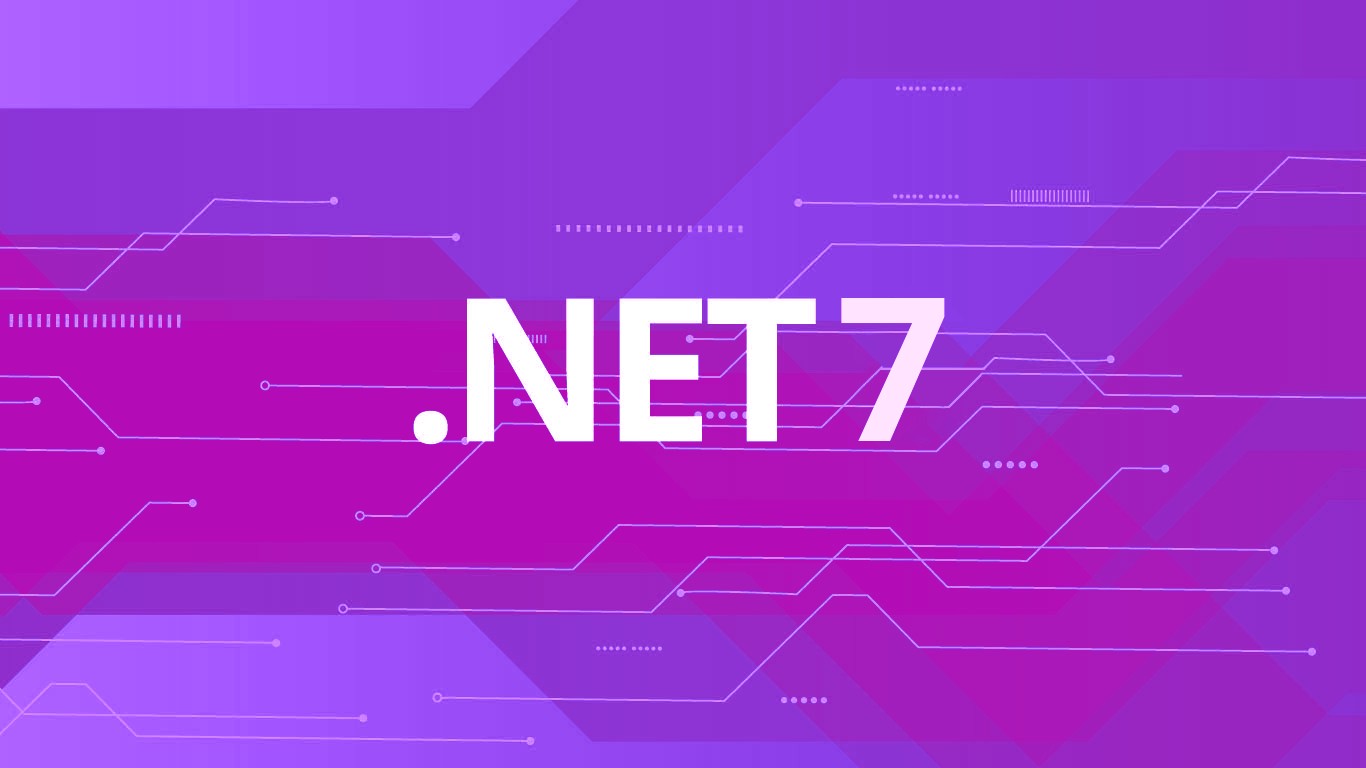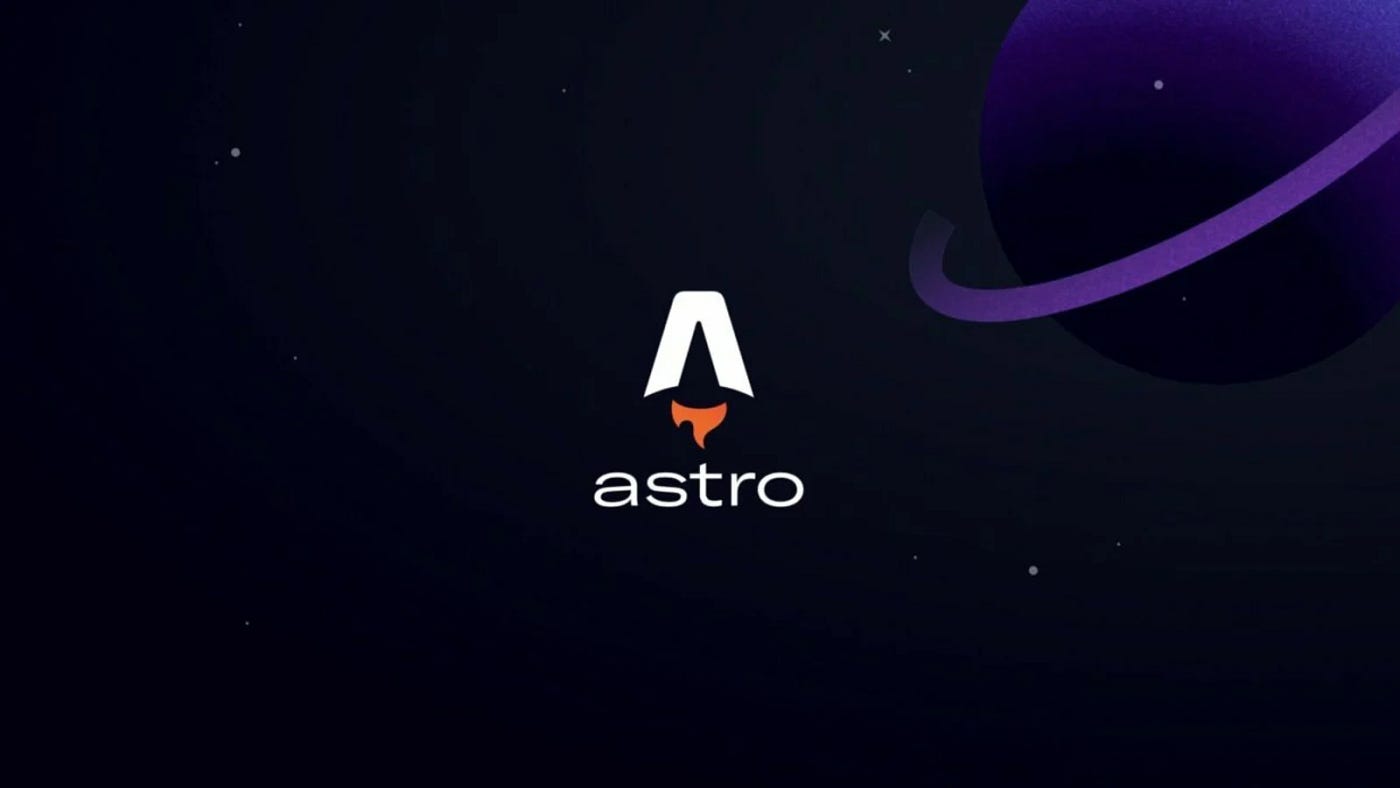Microsoft .NET 7 support ends in May
-
03/April/2024
-
Paul Krill
.NET 7, a version Microsoft’s open-source, cross-platform application framework that was released in November 2022, will reach its end of support on May 14, 2024, Microsoft said on March 27.
After May 14, Microsoft will no longer provide servicing updates including technical support or security fixes. Developers will need to update to .NET 8, released in November 2023, to continue to receive support. .NET 7 is a Standard Term Support release, which receives support for 18 months. It is supported by Microsoft on multiple operating systems, including Windows, MacOS, Linux, Android, and iOS.
Microsoft stressed that applications using .NET 7 will continue to run after support ends, but users may not be able to access technical support for .NET 7 applications. The company recommends .NET application users reach out to the software developer or vendor to find out if an updated version is available that uses .NET 8. Applications can be upgraded to .NET 8 by changing the TargetFramework property in the project file to net8.0. Development and hosting environments also will need to be updated. Detailed instructions for updating .NET can be found here.
For Visual Studio, the .NET component in the IDE will be changed to out of support and optional, starting with the June 2024 servicing update for Visual Studio 2022 17.6 and Visual Studio 2022 17.5. Developers must use the .NET 8 SDK to build .NET 6 or .NET 8 components to stay supported. The “remove out of support” component option can be used to remove .NET 7 from existing Visual Studio installations.
Unlike .NET 7, .NET 6, released in November 2021, has Long Term Support (LTS) status, taking it to November of this year. .NET 8 also has Long Term Support status.
.NET 7, a version Microsoft’s open-source, cross-platform application framework that was released in November 2022, will reach its end of support on May 14, 2024, Microsoft said on March 27.
After May 14, Microsoft will no longer provide servicing updates including technical support or security fixes. Developers will need to update to .NET 8, released in November 2023, to continue to receive support. .NET 7 is a Standard Term Support release, which receives support for 18 months. It is supported by Microsoft on multiple operating systems, including Windows, MacOS, Linux, Android, and iOS.
Microsoft stressed that applications using .NET 7 will continue to run after support ends, but users may not be able to access technical support for .NET 7 applications. The company recommends .NET application users reach out to the software developer or vendor to find out if an updated version is available that uses .NET 8. Applications can be upgraded to .NET 8 by changing the TargetFramework property in the project file to net8.0. Development and hosting environments also will need to be updated. Detailed instructions for updating .NET can be found here.
For Visual Studio, the .NET component in the IDE will be changed to out of support and optional, starting with the June 2024 servicing update for Visual Studio 2022 17.6 and Visual Studio 2022 17.5. Developers must use the .NET 8 SDK to build .NET 6 or .NET 8 components to stay supported. The “remove out of support” component option can be used to remove .NET 7 from existing Visual Studio installations.
Unlike .NET 7, .NET 6, released in November 2021, has Long Term Support (LTS) status, taking it to November of this year. .NET 8 also has Long Term Support status.






